An Oval-shaped Unknown Phenomenon-Mima Mounds Washington
Mima Mounds Washington
Mima mounds are low, flattened, circular to oval-shaped domelike, natural mounds. They are composed of loose, unstratified, gravelly sediment. These mounds range in diameter from 3 to more than 50 m, and in height from 30 cm to greater than 2 m. The mounds are several to greater than 50 per hectare forming conspicuous natural patterns. The name Mima is derived from a Chinook Jargon term meaning “a little further along” or downstream. After decades of research, nobody knows what caused to form Mima Mounds. These Mima Mounds have located 32 km. south of Olympia, Washington from the Olympic Peninsula to the towering volcanic peak of Mount Rainier.
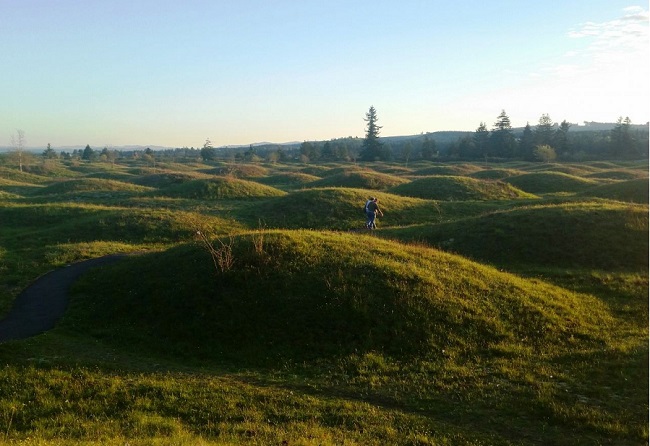
Captain Charlies Wilkes, an explorer in the Northwest, saw these round elevations in about 1841. Because of their size each measured around 2 meters tall and 9 meters wide. He speculated they held deceased members of local tribes. To find out, he dug into a few meters. He didn’t find any trace of humans, just rocks and soil.

Mima mounds Formation
Many Theories have been given on the Mima mound’s origin. Like Burrowing by pocket gophers, Accumulation of wind-blown aeolian sediments around vegetation to form coppice dunes or nebkhas, The seismic ground shaking by major earthquakes and shrinking and swelling of clays in hog-wallow or gilgai landforms.
Also, read- The Only Karst cave with a railway line-Postojna Caves
Aeolian origin
Major theory concerning the origin of prairie mounds is Aeolian Origin. Coppice dunes or nebkhas are formed by the accumulation of wind-blown sediments around clumps of vegetation. The Theories concluded that these mounds consisted of wind-blown sediments that accumulated during prolonged late Holocene droughts.
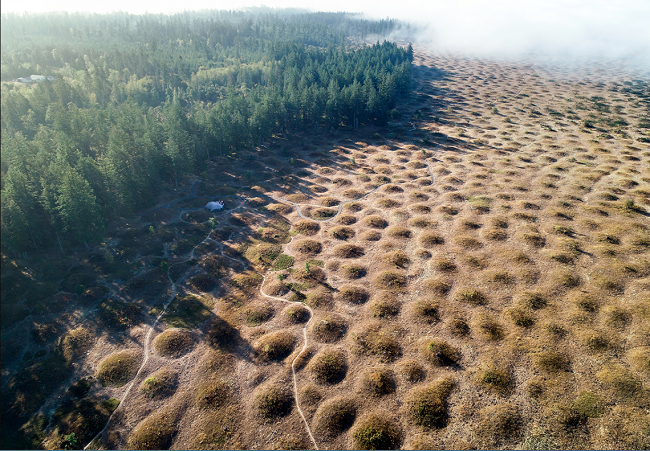
Shrinking and swelling of clays
When clay are exposed to large amounts of water, the water collects between the clay minerals. Because Clay has swelling and squeezing properties they “swell” the clay bed into mound-like features. Silts are also related to this geomorphologic feature. Silt is more penetrable than clay. Shrink/swell soils are most often related to landforms called “hog wallows” or “gilgai” that can look similar to Mima mounds.
A new study reveal in 2014 that the mounds are not gophers, but rather the result of natural, non-faunal processes involving the longtime “spatial patterning” of vegetation.
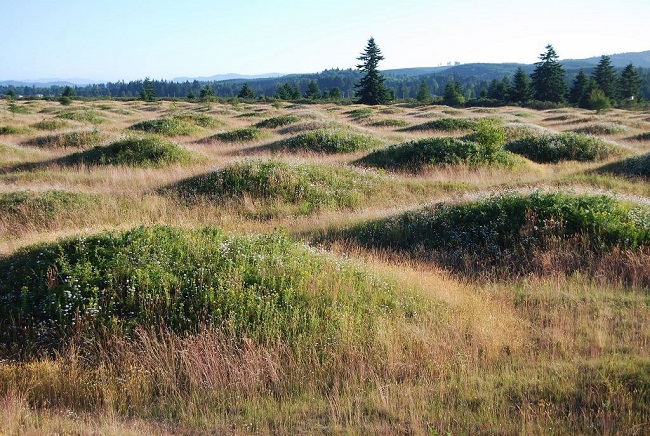
LiveScience study shows that this, spatial patterning occurs when “individual or groups of plants spread their roots and drain surrounding areas of water and nutrients, while the soil in which they grow remains fertile. Resources become depleted between the vegetation patches and accumulate on the patches, essentially setting up islands of fertile areas that are regularly spaced out across a large region. The plants don’t directly form the mounds, but they affect waterborne and windborne soil deposition and erosion, which can lead to mound formation.”
A similar structure is found all around the world but in different environments and locations. Australia also has its own variation on the mounds, Some other Mima mounds are common in North America, but have not been shown the same origin. The fairy circles of Southern Africa tend to be less mound-like and occur in different climatic and ecological conditions from Mima mounds. Heuweltjies of the South Western Cape region of South Africa is of an origin far different from either.
How to Reach Mima Mounds
The best way to explore the mounds is by hiking through the Mima Mounds Washington trail. When the sky is clear, visitors can even get views of Mount Rainier and Mount St. Helens. NaBe sure to bring your field guide to identify all the species. One can easily reach The Mima Mounds Natural Area Preserve, located about 20 minutes south of Olympia, Washington.
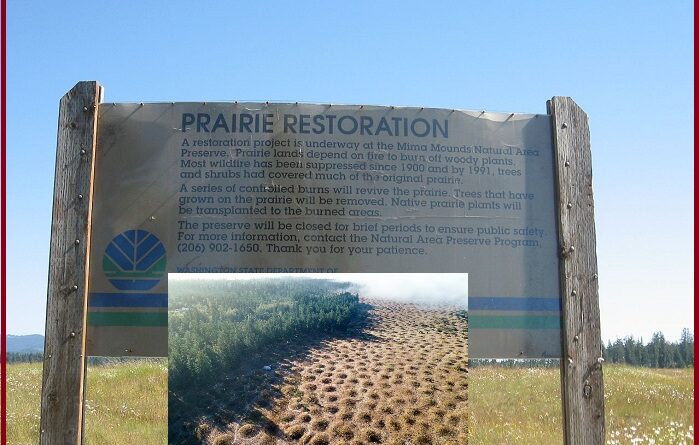
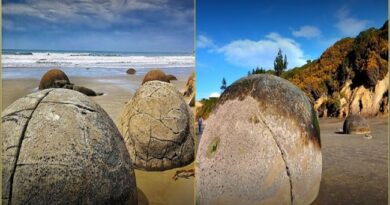


Pingback: The Secret of an Ancient Mesoamerican City-Teotihuacan - Geotourism